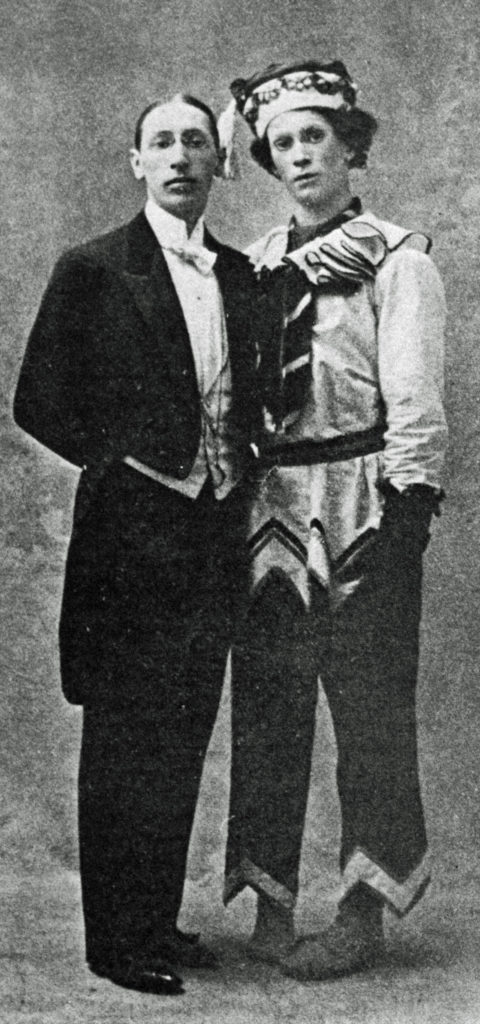“What Right Had He to Write This Thing?”

A happy vernal equinox to everyone and sundry!
Yes, technically the first day of spring in 2023 was yesterday, March 20. But I was taught that the first day of spring is usually March 21, and so we are honoring it today with its eponymous masterwork, Igor Stravinsky’s The Rite of Spring.
The Rite – composed in 1912 and premiered in Paris on May 29, 1913 – was new and different, and it inspired people to say the darndest things. For example, the following poem appeared in the Boston Herald on February 9, 1924, following a performance of The Rite in that city:
“Who wrote this fiendish Rite of Spring?
What right had he to write this thing,
Against our helpless ears to fling
Its crash, clash, cling, clang, bing, bang, bing?
And then to call it Rite of Spring,
The season when on joyous wing
The birds’ harmonious carols sing
And harmony’s in everything?
He who could write The Rite of Spring,
If I be right, by right should swing!”
Igor Stravinsky composed The Rite of Spring for Serge Diaghilev’s Ballets Russes when he was thirty years old. Even if he had never written another piece of music, Stravinsky would still be famous, because excepting perhaps Yummy, Yummy, Yummy I Got Love in My Tummy (by Arthur Resnick and Joey Levine, 1968), The Rite of Spring must be considered the single most influential piece of music composed during the twentieth century.
The Rite changed the way composers thought about rhythm, melody, counterpoint, and orchestration, and it continues to exert a seminal influence on composers to this day. For all of its debt to Stravinsky’s Russian roots and the music of Claude Debussy, the Rite appeared to be devoid of any reference to the long Western musical tradition as it existed to its time. Rather, it created what appeared to be an entirely new musical language and expressive world: a world devoid of such bourgeois niceties as elegance, prettiness, and grace. Rather, it created a primal, sexual, violent, thrumming, pre-moral musical expressive world in which pure rhythmic energy for its own sake became the principal musical element.
Stravinsky created this violent, “pre-moral musical world” because that was the gig, that’s what the scenario of the ballet of The Rite of Spring is about: fertility rites, contests, sun worship and human sacrifice in pagan, Bronze Age Russia. In order to evoke a world no one had ever seen, Stravinsky wrote music the likes of which no one had ever heard.

Certainly, the conductor of the Ballets Russes, Pierre Monteux (1875-1964), had never imagined such music. He first heard The Rite in a tiny rehearsal room in Paris’ Théâtre du Casino when Stravinsky played it on the piano for both Monteux and the founder and CEO of the Ballets Russes, Serge Diaghilev (1872-1929). Stravinsky’s performance left Monteux gob smacked. He remembered:
“I decided then and there that the symphonies of Beethoven and Brahms were the only music for me, not the music of this crazy Russian. My one desire was to flee that room and find a quiet corner in which to rest my aching head. Then [Diaghilev] turned to me and with a smile said, ‘This is a masterpiece, Monteux, which will completely revolutionize music and make you famous, because you are going to conduct it.’ And, of course, I did.”
Despite the PTSD inflicted by Stravinsky’s pianistic performance, Monteux spent two months – from March to May of 1913 – with Stravinsky, helping him tweak the orchestration of The Rite so that Stravinsky would get precisely the orchestral effects he wanted. In the process, Monteux came to know the music of The Rite better than anyone on the planet except Stravinsky himself.…
Continue reading, only on Patreon!
Become a Patron!



